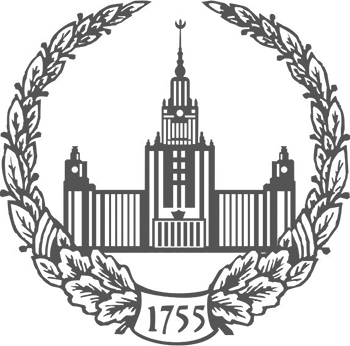of Source Studies, Faculty of History
-
Novy Simeiz, dacha settlement on the Southern Coast of Crimea (1902–1920), as a phenomenon of socio -cultural modernization: sources, methods and research stagesMoscow University Bulletin. Series 8: History 2021. N 1. p.41-64read more1329
-
The article examines dacha construction on the South coast of the Crimea in the late 19th and early 20th centuries as a socio-economic and socio-cultural phenomenon. Tis is the case study of the dacha settlement Novy-Simeiz (1902-1920), which was practically unafected by the 20th and 21st-century restructuring. Tus, the entire village is still a space of historical memory, and its buildings and objects of landscape architecture are material historical sources. Until recently, the history of the South coast of the Crimea in the period of modernization of Imperial Russia in 1861-1917 did not attract due attention of historians and remained the domain of local and art historians. Te phenomenon of “dacha” on the South coast of the Crimea in the early 20th century as a special out-of-town institution of accelerated formation of “middleclass” identity has hardly been studied. Of the numerous dacha settlements on the South coast of the Crimea, Novy-Simeiz has been chosen as the most organized and comfortable. Almost 200 land plots were sold in it and 66 dachas were built in less than 20 years. Te article analyzes the social (estate, professional) profle of dacha buyers in Novy-Simeiz, wealthy residents of Saint Petersburg, Moscow and Central Russia, the features of the new everyday life culture in Novy-Simeiz, as well as the reasons of the sale of family estates by the former owners of Simeiz, the heirs of the industrialist S.I. Maltsov. Te paradigms of “history of leisure” and “leisure class” are used to explain the data. Te source study aspect of the research is also important: the author carries out the systematization of various (written, visual, monumental) sources, including those newly identifed due to digitalization and updating of online databases. He attempts at their analysis in terms of value and cognitive potential, and also refects on the experience in creating an electronic database, “Simeiz Dachas”, and its presentation as a history-oriented thematic site on the Internet.Keywords: post-reform Russia; socio-cultural history; dacha; South coast of the Crimea; complex source studies; visual sources; sources of historical memory; historical databases
-
-
Batiliman, the dacha “settlement of intelligent labourers” on the Southern coast of Crimea at the early 20th centuryMoscow University Bulletin. Series 8: History 2024. N 4. p.77-101read more503
-
The study of the historical space of the South Coast of Crimea, which underwent signifi cant economic, social and cultural transformations in the late 19th and early 20th centuries, has received a new impetus in recent years. This can be attributed to several factors. First is the importance of comprehensively reconstructing the history of Crimea as the primary “place of memory” of modern Russia. Second — ongoing debates about the nature of changes in the life of Russian society in that period. Third — significant developments in methodology and historiography, including the “memorial” and “sociocultural” turns. Finally, new opportunities for source research, that have arisen due to the large-scale digitization of Russian archives and museum collections. This article represents a continuation of the author’s series of works on the subject of the history of dacha resorts on the South Coast of Crimea. This series of works culminated in the monograph Dachas and Summerfolk of the Russian Riviera. Essays on the History of the South Coast of Crimea and Sevastopol in the Early Twentieth Century (2024). The present article is noteworthy as it introduces and analyses for the fi rst time paperwork documentation that has been preserved in the papers of the eminent scientist V.I. Vernadsky. This documentation is deposited in his fund in the Archive of the Russian Academy of Sciences and relates to the existence of Batiliman, the dacha resort of “intellectual labourers” in the west of the South Coast of Crimea (the present-day territory of the city of Sevastopol) in 1911–1920. The history of this dacha resort, whose shareholders included prominent scientists, writers, artists, and leaders of the Cadet Party, has been reconstructed in the literature in fragments, primarily from ego-sources, i.e. memoirs and diaries. The complete list of shareholders has remained unknown, whereas it included K.S. Stanislavsky, I.Ya. Bilibin, V.G. Korolenko, P.N. Milyukov, M.I. Petrunkevich and other prominent fi gures. The documents from the V.I. Vernadsky’s fund, among others the map of the dacha resort’s boundaries, the list of plot owners and other materials, allowed, when used together with documents from the State Archive of the Republic of Crimea, as well as sources of personal origin and visual documents, to establish for the first time reliably the composition of the dacha residents of Batiliman, the history of the creation of the resort, and to systematize the data for further research.
Keywords: socio-cultural history, dacha, South Coast of Crimea, Batiliman, V.I. Vernadsky, K.S. Stanislavsky, P.N. Milyukov, complex source study, historical databases.
-



